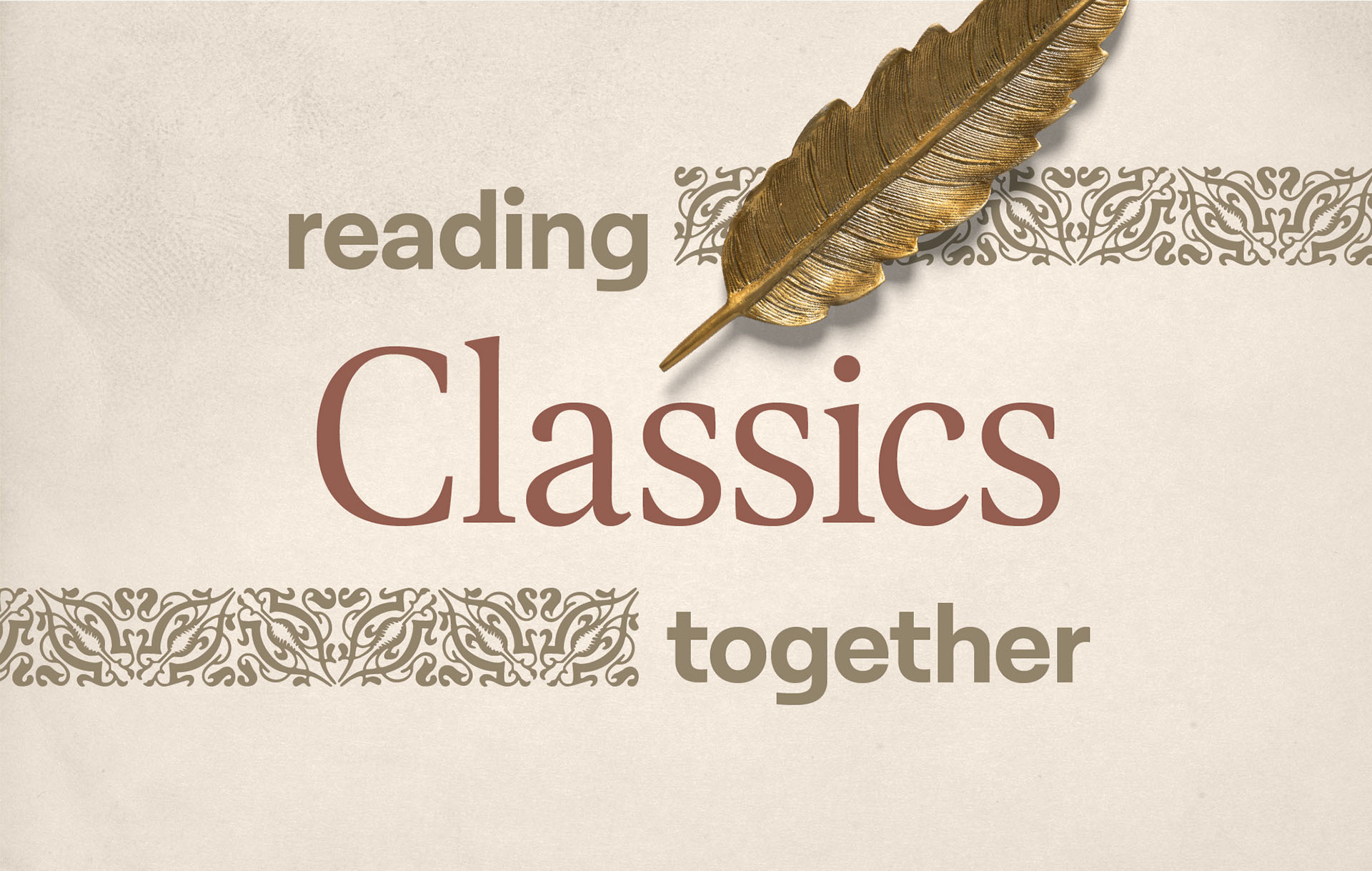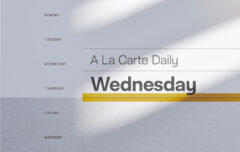This morning brings us to our fifth reading in Jonathan Edwards’ The Religious Affections. This week’s reading was a very short one—just a few pages. I know that several of you took the opportunity to catch up with last week’s lengthy reading. So hopefully by now we are all on the same page!
Summary
In the Introduction to the book’s third part, Edwards asks the reader to keep three things in mind as he describes the distinguishing signs of truly gracious and holy affections (and here I’m relying on Sam Storms’ excellent summaries of these points):
- There will never be a time or system or standard of analysis of such issues that will yield infallible results. We will never be able to claim that we can, without error, discern who is a believer and who is not.
- We should not expect to find biblical signs that will enable a backslidden person to reassure himself that he is in a good way with God. It is God’s design that backslidden persons should have no assurance of their salvation.
- We should not expect that the signs by which we hope to differentiate between true and false affections will ever prove sufficient to convince those who are hypocrites and who have been deceived about their salvation.
Keeping these things in mind, we’ll turn in the following weeks to the twelve signs which will allow us to distinguish true religion from false religion.
Discussion
Because we read only a few pages, there was not a lot of content to interact with this week. However, there was one section that jumped off the pages at me. I very much appreciated Edwards’ exhortation that it is God’s design that men obtain assurance not by thinking a lot about assurance and not by a process of rigorous self-examination, but primarily through “mortifying corruption, and increasing in grace, and obtaining the lively exercises of it.” So assurance is obtained less by self-examination and more by action.
Edwards gives the example of the Apostle Paul and says, “He obtained assurance of winning the prize, more by running than by considering. The swiftness of his pace did more towards his assurance of a conquest than the strictness of his examination.” This is such an important point and I am guessing it is one Edwards will return to later in the book. When we experience moments of concern or doubt about our salvation, so often we can spend time thinking about ourselves and looking primarily inward for assurance of our faith. But the Bible makes it clear that we will be known by what we do and what we are. So we need to look outwards to see if we are putting sin to death and if we are living in the way Christ tells us to live. Here we will see whether or not we are being conformed to His image and whether our not our trust is in Him.
Finally, I was glad to see Edwards affirm that we can never know perfectly whether or not another person is saved. “It was never God’s design to give us any rules by which we may certainly know who of our fellow professors are His, and to make a full and clear separation between sheep and goats.” God has reserved this infallible knowledge for Himself and so we look for distinguishing characteristics, always knowing that we are so easily fooled.
Next Time
For next week we will read the first distinguishing sign of truly gracious and holy affections. This is a long section (around 40 pages in my edition) but I don’t see any real benefit in dividing it into two readings. So please read that section for next Thursday. Because it is a lengthy reading, you may wish to begin in the next day or two!
Your Turn
As always, I am eager to know what you gained from this part of the book. Feel free to post comments below or to write about this on your own blog (and then post a comment linking us to your thoughts). Do not feel that you can only say anything if you are going to say something that will wow us all. Just add a comment with some of the things you gained from the this week’s reading. To this point the discussion has been excellent!










